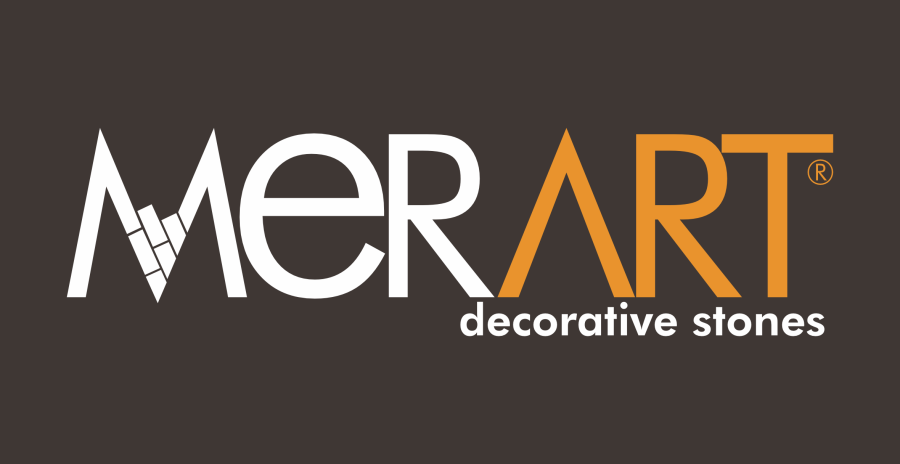Faqs
• What is culture stone?
It is a wall covering material consisting of a mixture of culture stone, cement, pumice stone and perlite and some chemical components. It also contains colorants and various pigment substances. Culture stone is a product that is used for decorative purposes and offers a natural appearance.
• How is culture stone produced?
Culture stone is produced by pouring it into molds copied from natural stones. In this way, the appearance and texture of natural stones are imitated.
• Are culture stones resistant to heat and cold?
The resistance of culture stones to heat and cold depends on the production quality and application method. Merart Stone culture stones are resistant to temperature changes, frost, humidity and sunlight.
• Can I order culture stone in the color I want?
A special color desired in culture stones can be ordered if they exceed a certain length. Detailed information can be obtained from the sales consultant.
• What are culture stones made of?
It is made of a wall covering material consisting of a mixture of culture stone, cement, pumice stone and perlite and some chemical components. It also contains colorants and various pigment substances.
• Do the colors of culture stones fade?
The answer to the question of whether the colors of culture stones fade depends on the production quality of the culture stones and the dyeing method. Merart Stone culture stones are painted with natural color pigments in a delicate and complex method. In this way, the colors are ensured to be permanent and natural. Its resistance to UV rays has been increased. Dark colors begin to lighten after years when exposed to the sun. This period can be extended by using UV-resistant stone protective polish.
• Is there any joint application between the culture stones?
If there are gaps between the model to which culture stone will be applied, joint application should be made.
• Are the culture stones mesh, panel or do the stones come one by one?
Culture stones are not mesh or panels. Some stone models of culture stones are a combined stone consisting of several stones. Some are also packaged individually.
• What are the culture stone delivery times and conditions?
Culture stones vary depending on current stock status. Usually stocks are available, sometimes delivery time is given due to order density.
• Is culture stone affected by water, humidity and frost?
The effect of culture stone on water, moisture and frost depends on the production quality and application method. Merart Stone culture stones are resistant to temperature changes, frost, humidity and sunlight.
• Is culture stone different from natural stones?
Culture stone is a building material different from natural stones. It consists of a mixture of culture stone, cement, pumice stone and perlite and some chemical components. It is produced by casting into molds that imitate the appearance and texture of natural stones. Culture stone has advantages such as being lighter, more economical, more practical and more diverse than natural stones.
• What is culture stone used for and where is it used?
Culture stone can be used on interior and exterior surfaces, fireplace and wall decorations, and garden and landscaping arrangements. While culture stone offers the aesthetic appearance of natural stones, it also adds a modern style.
• Is culture stone applied on rock wool?
Culture stone can be applied on stone wool, but some important points need to be taken into consideration. It is necessary to ensure that the mesh drawn on stone wool reinforces the wall. It should be applied by calculating the weight of the culture stone to be applied on the stone wool (one dowel for every 10 kg is recommended for 1 m² area). It should be applied after sufficient dowel is applied on the plastered mesh. In addition, the rock wool surface must be clean and dry. In this way, a better adhesion can be achieved between the culture stone and the rock wool.
• Which wall surfaces are culture stones adhered to?
Culture stones are applied to black plaster walls, plaster with exposed concrete primer on the surface, gypsum board, betopan, ceramics, tiles and painted wall surfaces.
• How is culture stone applied?
The ground is leveled. It is applied with the double-sided adhesion technique (both on the wall and the back surface of the stone). The wall surface to be applied must be suitable for the adhesive mortar.
• How are culture stones cut?
It is cut with a spiral to cut culture stones. The cutting head at the end of the spiral machine must be suitable for cutting stone. These machines allow cutting culture stones to the desired size and angle. Spiral stones for cutting iron and wood are not suitable. When cutting culture stones, it is important to pay attention to safety precautions and use protective equipment such as glasses, gloves and masks.
• What are culture stones bonded with?
Culture stone adhesive mortar is recommended for bonding culture stones. If not supplied, flex based granite, marble and ceramic adhesive mortars can also be used.



